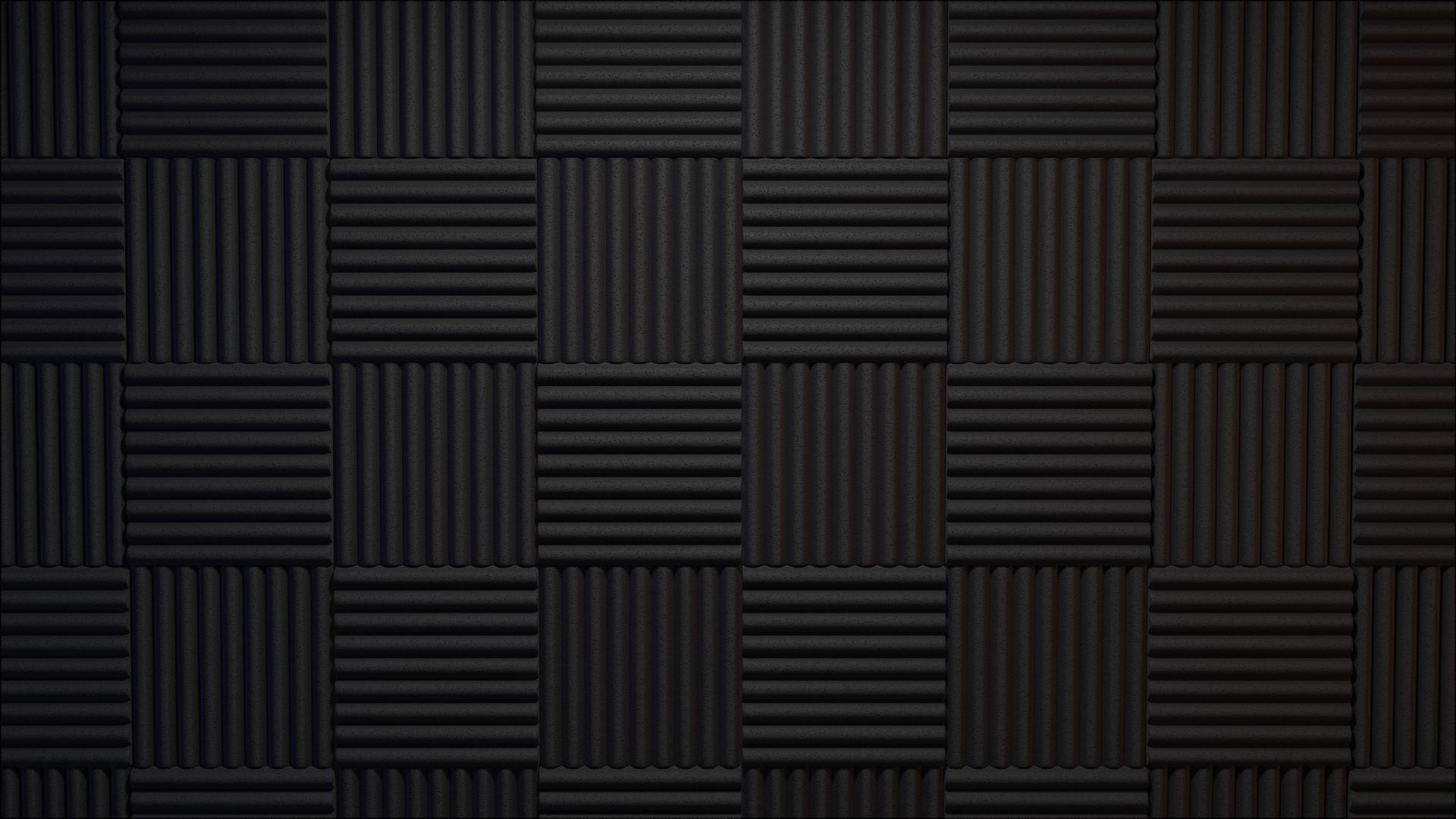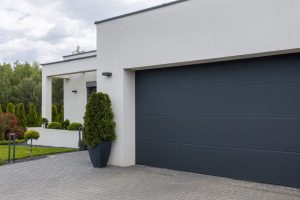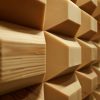Maximize Your Investment: Acoustic Panel Maintenance Tips & Tricks
If you’ve made an investment in acoustic panels, it means you value great sound. Whether you’re an audiophile, the owner of a hospitality company, or just enjoy the peace that a room with well-balanced sound provides, acoustic panels are an important part of getting that great sound.
If you want to keep that investment performing for years to come, you’ll want to maintain your panels. That means you’ll need to learn to protect, dust, and clean acoustic panels. It’s not difficult to learn, but it’s absolutely essential if you want to prolong your acoustic panels lifespan.
Why It’s Important to Clean Acoustic Panels
Many people forget to clean the items hanging from their walls in their spring cleaning routines, but the importance of acoustic panel maintenance is something all owners should understand.
Wall-mounted items often only accumulate dust on the tops, and only the most violent spills usually impact them. However, with absorptive materials like acoustical panels, dust and dirt can easily settle on the vertical face as well as the tops, making them look dingy and impacting performance. Regular dust removal can even prevent acoustic panel fading.
The bottom line is, that if you want to keep your acoustic panels looking great and performing the way you want, it’s important to keep them clean.
How to Clean Acoustic Panels
If your panels require more than light vacuuming and spot cleaning, you will want to do a deeper clean. Porous as they are, you don’t just want to go spraying harsh chemicals on your acoustic panels when they get a little dirty.
Learning to properly clean acoustic panels not only keeps them looking great but it keeps them working properly as well. Let’s look at basic maintenance tips that apply to all panels, as well as how to deep clean some of the most popular acoustic panel types on the market.
Acoustic Panel Maintenance Basics
Not all panels will encounter spills or serious stains, but they are all prone to dust buildup over time. Make sure you periodically dust or vacuum the fabric to prevent this. Acoustic panel cleaning frequency will depend on a number of factors, including the amount of dust that usually accumulates in the space and the humidity level.
As a general rule of thumb, the more often you need to dust your surfaces and vacuum the carpet, the more often you should remove the dust from your panels. Routine dust removal and basic acoustic panels care will both keep your panels looking better on a day-to-day basis and will prevent that dust from setting itself deeper in humid environments and in the case a spill does impact them.
If something does spill on your fabric-wrapped acoustic panels, be sure to blot the stain as soon as you can. The quicker you can treat the stain, the better chance you have of getting it out easily. It’s much easier to clean acoustic panels as soon as a stain appears than if you wait.
If you don’t notice the spill immediately, chances are, you’ll have to use a cleaning agent of some sort to get it out. The right choice will depend on the panel’s material. When cleaning set stains, make sure to use a mild cleaning solution, clean water, and have a few soft cloths on hand. Periodically swapping your cloth out with a clean one will ensure you aren’t spreading grime around, and allow you to rinse any residual cleaning agents off with clean water and a clean cloth. Once you’ve worked the stain out, make sure to dry the panels in a timely manner.
As mentioned, the right cleaning solution will depend largely on what type of panel you are cleaning. Let’s take a look at some of the most common and effective panels on the market, as well as some basic instructions on choosing the right chemicals to clean acoustic panels of each type.
Fabric-Wrapped Panels
One of the most common types of acoustic panels out there is the variety that’s wrapped with an acoustically transparent fabric. The reason they outsell most other variations is that they look great and are endlessly customizable. You can find them in nearly any color fabric you want, and can even print custom artwork if desired. This makes fabric-wrapped acoustic panels perfect for office and pro audio environments. Here’s how to clean them.
Water-based Stains
Many stains we encounter are water-based, and fairly easy to clean. To clean acoustic panels with water-based stains, begin with water and a clean cloth. This will get simple stains out if addressed quickly. If the stain is more stubborn, you’ll want to use a mild detergent solution such as a small amount of laundry or fabric detergent mixed with warm water. Dampen your cloth with the solution and carefully blot the stain, working from the outside in. Rinse well with clean water and dry promptly.
Oil-Based Stains
Oil-based stains are a little trickier. They require a more volatile cleaning solution, which increases the chance of damaging the fabric. You’ll want to be sure to handle acoustic panels safely to prevent discoloration or other damage.
It’s best to use chemicals designed to be used with fabrics, follow the manufacturer’s recommendations, and first test the solution in an inconspicuous location. Again, make sure to rinse with clean water and dry promptly.
Acoustic Foam Panels
This is another common type of panel, and you’ve likely seen them before, whether you know it or not. Most commonly, the face of these panels resemble an egg carton, and as the name suggests, they are made of a dense foam. They are popular choices in recording studios and media rooms, and anywhere we want to cover an entire wall with soft and absorptive material.
Their physical properties make regular dust removal especially important. Dusting and vacuuming with a soft bristled hose attachment should keep them pretty clean. Since the foam is exposed in this case, we must take extra care not to saturate the panels when cleaning stains. Spray your panels with a light spritz of sanitizing solution and work the stain out gently with a soft cloth. If this isn’t sufficient to remove the spot, you may want to contact the professionals to clean your panels without damaging them.
Wood Wool Panels
Wood wool is another incredibly popular variety of acoustic panel. These panels are made of excelsior (a fancy word for shaved wood fibers) that has been coated in cement and water and colorized to fit into any decorating plan. Wood wool acoustic panels are incredibly effective at trapping sound, and they deliver terrific texture and pops of color to boot. Here are some tips on how to clean acoustic panels made of wood wool.
For light stains and spills, spot cleaning with a damp cloth moistened with a mild detergent should perform well. Make sure not to use harsh chemicals to avoid damaging the panels.
For deeper set stains, consult the manufacturer’s recommendations for a gentle cleaning agent that will be safe for use on your panels. As always, test the solution in an inconspicuous location to avoid damage.
DIY Panels
Some people build their own panels to save money and repurpose materials they have on hand. While they may be less effective than professional grade panels, DIY panels come with that low price tag and an endless capacity for customization. DIY acoustic panel cleaning can be tricky, simply due to the fact that people use all kinds of materials in their construction. Here are some tips to get them clean.
When constructing your panels, keep an itemized log of all the materials you used in their construction. This will give you a good basis for making decisions on which types of cleaning materials and methods will work best.
Acoustic Panel Repairs
More serious mishaps may require repairs rather than simple cleaning. A damaged acoustical panel may feel devastating, but there are often repairs you can make yourself to return them to their former glory.
Fabric Tears
If the fabric tears on your panel, you have a couple of options. You can have it professionally reupholstered or you can do it yourself. If you choose the DIY acoustic panel repair route, make sure you use an acoustically transparent fabric like Guilford of Maine or something similar. Carefully remove the damaged fabric cover and replace it with the new fabric, pulling it tightly and fastening it securely.
Wet Panels
If your panels become soaked, it’s important to thoroughly dry them as soon as possible. This will help prevent mold or additional damage. Here’s what to do if acoustic panels get wet.
First, remove panels from the walls or ceiling and dry them to the best of your ability. Soak up as much moisture as you can. Don’t forget to dry the wall behind the panels too.
Next, make sure to air dry them in a well-ventilated, low humidity space to facilitate drying. Once they appear to be fully dry, you can feel free to place them back where they belong.
Broken Frames
If something happens to break the wood frame around a fabric wrapped panel, you can attempt the fix yourself, as long as you are fairly handy. Make sure to get the same size, shape, and preferably species of wood to replace the broken piece. In order to access the frame, you will likely need to remove the fabric. You’ll follow the same steps you would in fixing fabric tears, but hopefully, you will be able to use the original fabric in the fix.
The Takeaway
Following some basic acoustic panel maintenance steps will ensure panels look great and perform at their peak for a long time. If your panels become soiled to the point they need a deeper clean, make sure you use a cleaning solution that’s safe for use on the type of material you’re treating. Before you clean acoustic panels of any type, test the cleaning solution on a small, inconspicuous location. That way, you won’t ruin the entire panel with an incompatible chemical.
If you encounter particularly difficult stains, you may want to have your panels professionally cleaned. Going this route will give you peace of mind knowing that your panels will continue to look and perform great.
Acoustic panel maintenance in humid environments or in rooms where people smoke is especially important, as these conditions can make panels dirtier. The fewer particulates present on our panels, the less likely it is that a stain will damage them.
In the case of more substantial damage, rapidly making repairs will keep them performing the way you want them to. If you need assistance, we’re here to help. The best way to keep your spaces sounding great is to properly maintain and clean acoustic panels. If you have further questions or concerns regarding proper maintenance of your panels, reach out to our team. We have years of experience and access to the best acoustic panel maintenance resources for years of superior sound.


















Add comment
You must be logged in to post a comment.